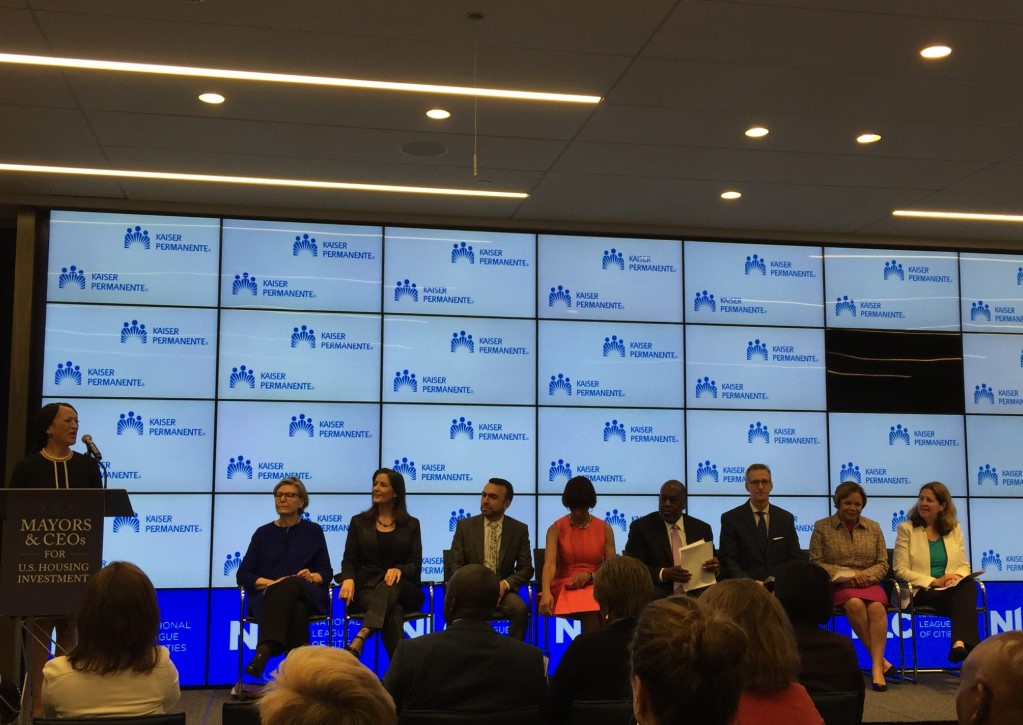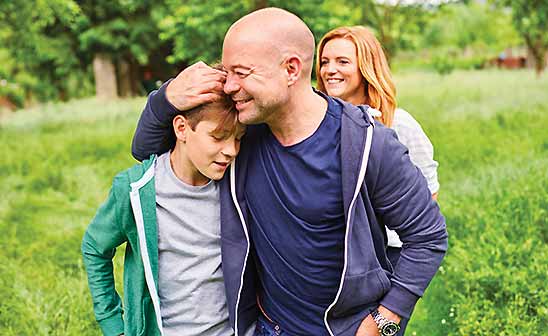When community organizations collaborate, change happens. Earmarked as one of the next frontiers in public health, community-clinic integration strengthens the health of populations through inclusion, collaboration, and commitment.
Earlier this week, we brought you the first installment of a two-part interview between Kaiser Permanente leaders about the need for community-clinic integration. In this post, Holly Potter, vice president of Brand Communication for Kaiser Permanente, continues her conversation with Loel Solomon, vice president of Community Health for and Jandel Allen-Davis, MD, vice president of Government and External Relations for Kaiser Permanente Colorado about the creation – and the successes – of community initiative-turned-nonprofit, LiveWell Colorado.
HP: In Colorado, LiveWell has been very successful. Can you talk about that work and what has been achieved?
Jandel: Our work with LiveWell Colorado often makes me think of that Margaret Mead quote: “Never doubt that a small group of thoughtful, committed citizens can change the world; indeed, it’s the only thing that ever has.” This is a program that was started in Kaiser Permanente and in order to scale it, we invited other funders to work with us to take this program to the entire community. The Colorado Health Foundation and The Colorado Department of Public Health and Environment and Kaiser Permanente are the founding funders of the organization.
One essential element of LiveWell programming is that we work with a diverse group of community members to decide on approaches to address the issue of obesity through deployment of healthy eating and active living assets. The outcome of using community based assets to eliminate or reduce obesity is that the community is deeply invested in the results, and we build tremendous capacity in its members.
Loel: A relevant proverb in this case says, “If you want to go fast, go alone. If you want to go far, go together.” In Colorado, Kaiser Permanente wanted to do a place-based initiative. The Colorado Health Foundation wanted to do something similar, and we realized that by combining our forces, we could create much more impact. Now, LiveWell has gone from three communities to 23 communities, some of which have been doing this change work for nearly eight years.
There’s an infrastructure for technical assistance and evaluation that serve all these communities, and there are these state-level policy changes that we’ve been able to generate because all of these communities are creating the public will to have healthy school breakfasts, active transportation, and other things. It’s been powerful.
HP: When you spoke of lowering barriers to food assistance and now with the work with LiveWell, you are addressing policy and systems change that address health behaviors. Why is that so important?
Loel: Policy has a huge influence on the choices people have. It influences their opportunities, and the biggest way we can impact people’s health right now is to create a policy and environmental changes that help make the healthy choice the easy choice. Whether we’re talking about policies and practices about smoking in the workplace, or we’re talking about school lunches and access to PE, or people’s ability to access food stamps, the decisions that elected officials make and the private policies that organizations adopt have such a huge impact on health.
Jandel: We need to recognize that there are no silver bullets available to solve these deeply rooted health and social issues. Addressing these will require multi-pronged approaches. Simply providing food for those who are food insecure may not solve the long-term problem, which is the reason that people don’t have food in the first place. It’s a really interesting choreography of many actions that hopefully begin to affect change on a large scale.
HP: This is the Center for Total Health blog and I know Total Health is central to what drives each of you. How does the concept of Total Health influence your work?
Loel: The way I often think about Total Health is that it requires us to identify and act on the levers of health that exist both inside and outside the walls of Kaiser Permanente. We are focusing on not only what we do as a delivery system, but also what we can influence outside our clinic walls – where our members spend most of their time. To the extent that we can, we work with community partners to address violence and access to healthy food; leverage our workforce to volunteer in schools; and our clinicians to advocate for healthy school lunches. That’s seizing the levers of health. Doing that is necessary to improve the health of the populations we serve.
Jandel: Total Health embraces the notion that Kaiser Permanente plays many of the positions that are important in addressing health. In addition to the care delivery system, we influence many of the upstream inputs related to health and wellness that solve longer-term problems. It differentiates us. If we continue this work, I think we’re unstoppable.
HP: Thank you both for your time.




